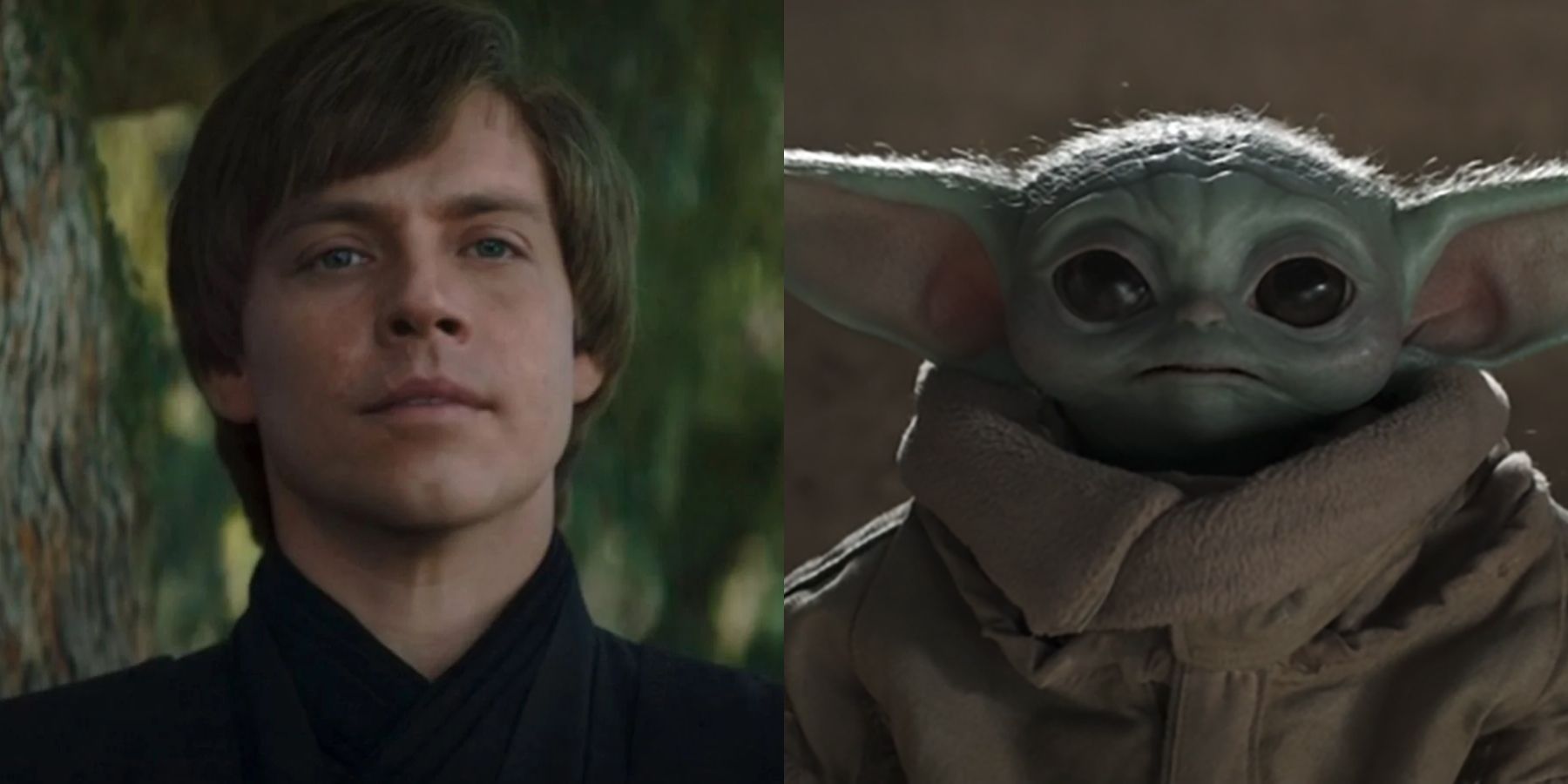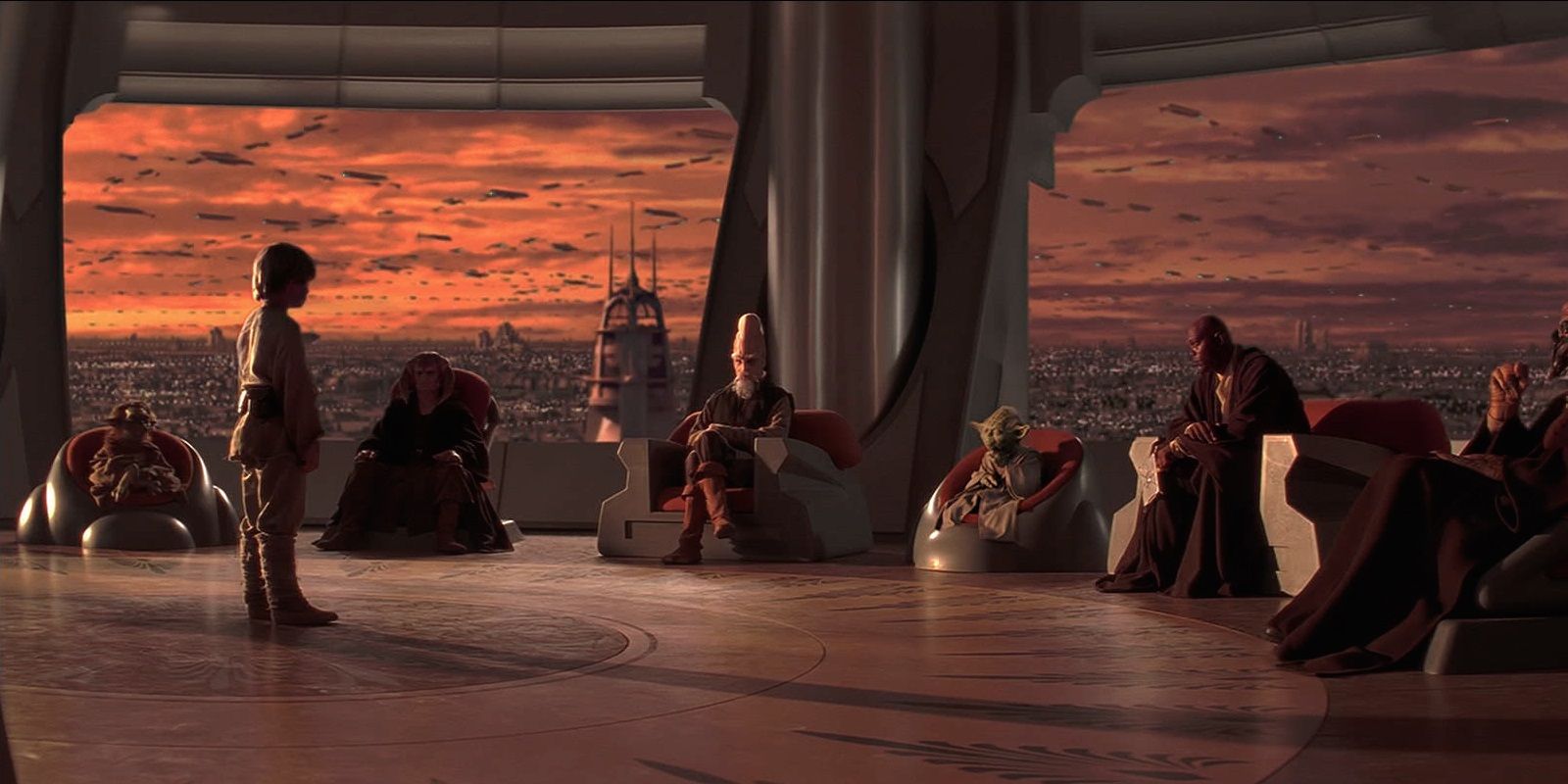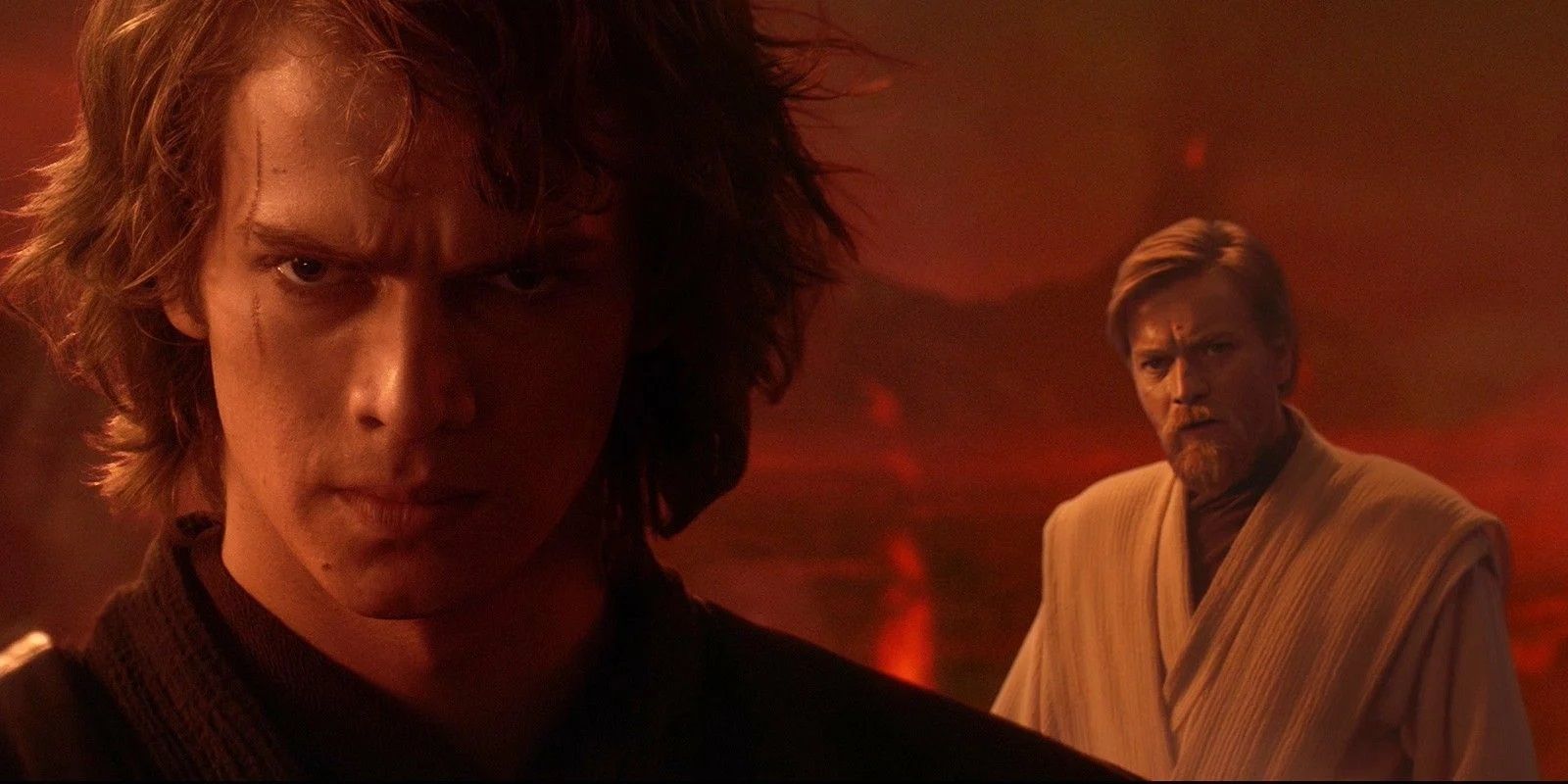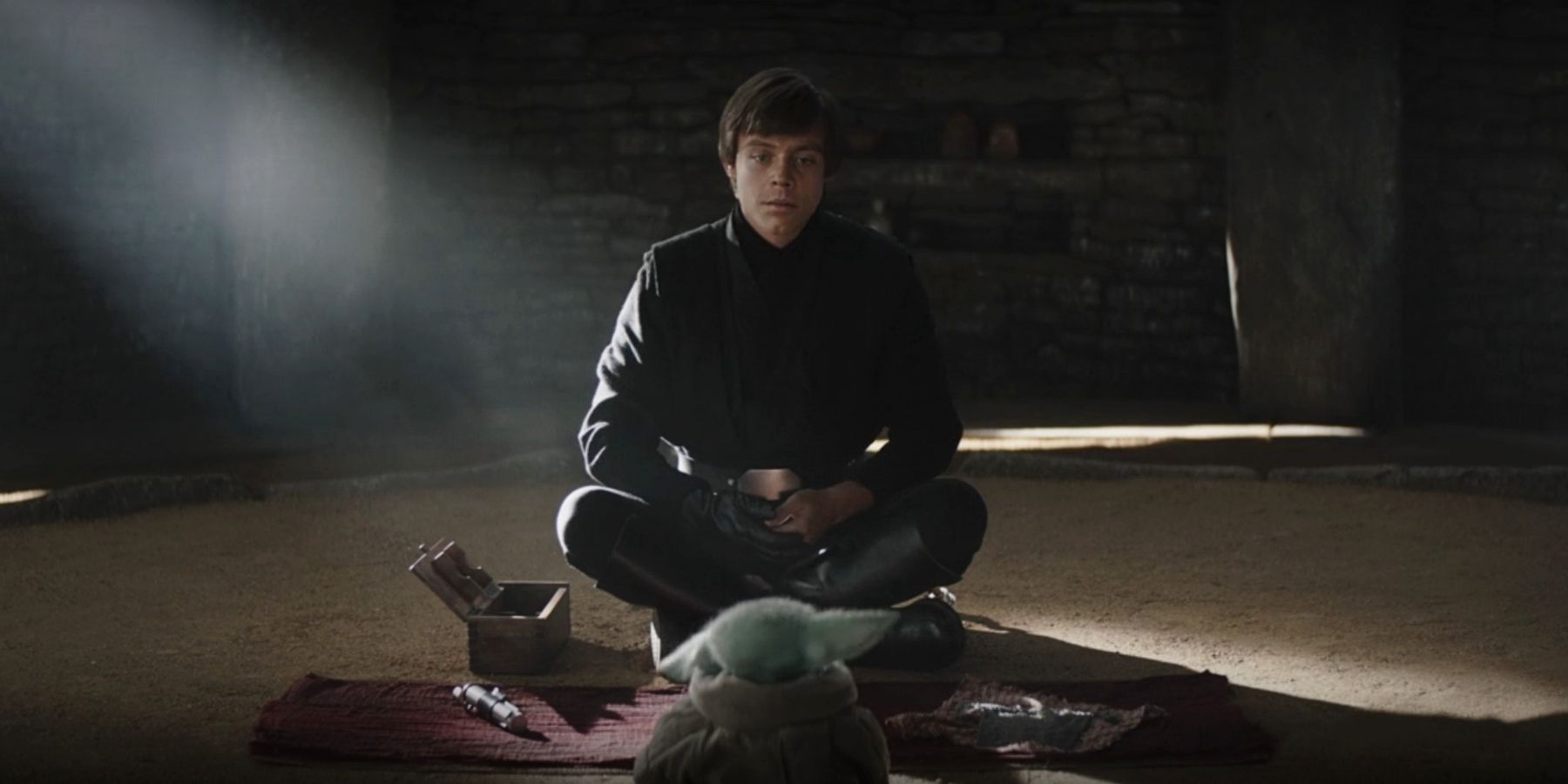The Book of Boba Fett produced a lot of discussion as its seven episodes aired weekly from mid-December to early February. The first four entries were almost entirely Boba Fett focused, honing in on aspects of this famous character’s history that fans weren’t expecting, like his time with the Tusken Raiders. Combined with the slow burn present day storyline that showed Fett as he attempted to defend his crime lord status, these episodes were debated and discussed extensively among Star Wars fans.
However, Chapters 5 and 6 respectively were the two outings of this first season that fans talked about the most, and by quite some distance. Chapter 5 was focused entirely on Din Djarin, and was essentially an episode of The Mandalorian rather than The Book of Boba Fett. It served as The Mandalorian season 2.5 or the premiere of season 3, highlighting just how much the focus was on Djarin rather than Boba Fett himself, who didn’t even appear in this outing.
The next episode had Fett, but he didn’t speak, and was in one scene. Other heroes like Djarin, Cobb Vanth, Ahsoka Tano, and Luke Skywalker took the spotlight over Fett. The latter’s storyline with Grogu, where Luke was training the young Padawan in the ways of the Force, caused quite a stir, with some Star Wars fans upset that Skywalker seemed to be making the exact same mistakes as the Jedi did in the prequels. However, given the events of the sequel trilogy and the revelations of The Last Jedi in particular, it’s clear that Luke’s training methods with Grogu make sense and are consistent with the broader canon.
One aspect of the prequels that proved to be unexpected to many fans was the creed of the Jedi and the rules that these keepers of the peace follow. The Jedi were told to forgo attachment to others, halt any personal relationships that could compromise this and focus only on their duties to the galaxy. This is shown through the introduction of Anakin, who is extremely attached to his mother, Shmi Skywalker, who is left behind on Tatooine as her son ventures off with Obi-Wan Kenobi and Qui Gon Jinn, destined to become a Jedi. Anakin missed his mother after they left, and was unable or unwilling to let go of her memory or the attachment for her, thinking of her almost every day even as years went by since they last saw each other.
Anakin later developed an arguably even greater attachment to and love for Padme Amidala, the Senator from Naboo that he married in secret and had a hidden relationship with for years. Jedi were especially forbidden from romantic partners, with only a select few allowed to live this lifestyle, such as Ki-Adi Mundi, one of the last of his kind and whose species was reliant on him for future generations. Even Obi-Wan pushed Anakin to follow this code, although it’s hinted that he always knew about his apprentice’s secret romance. Obi-Wan was unlike Qui-Gon in this way, as the latter often went against the wishes of the Jedi and was quite a rebel, whereas Kenobi followed what he was told to do more closely than his master.
It was this attachment that led Anakin down the path to becoming Darth Vader, and was an aspect of his internal conflict that Palpatine manipulated in his ultimately successful attempts to pull Skywalker to become a Sith Lord and forgo the ways of the Jedi. Anakin was attached to his mother, as mentioned, and murdered Tusken Raiders as revenge for killing her. Jedi are supposed to be cool, calm, and collected, and especially emotionless at all times. Yoda, Mace Windu, and others all have moments in canon in which they warn against seeking revenge against those who might have done harm, but that’s exactly what Anakin did, and did this because of his attachment to his mother.
In Revenge of the Sith, Anakin’s problems with this internal conflict grew even more. The dreams he had about losing Padme in childbirth haunted him immensely, and he became desperate to avoid this coming true as he couldn’t fathom the possibility of his wife dying. It was this that Palpatine manipulated directly in order to turn Anakin into Vader, as he used Skywalker’s fear to lure him to the ways of the dark side. In what was initially Anakin simply giving his allegiance to Palpatine as a means to save Padme, the outcome, in which his wife passed away, led to a rapid growth of anger and resentment directly aligned with the Sith. If the Jedi had not forbid Anakin or any other members from having interpersonal relationships like this, then it’s entirely plausible, if not likely, that he would have never become Darth Vader.
Although more subtly, the original trilogy also plays into this as well. Obi-Wan and Yoda are insistent that Luke complete his training on Dagobah rather than going to Cloud City on Bepsin to rescue his friends Han, Leia, Chewie, R2-D2 and C-3PO. Like his father before him, Luke sensed that those he cared for were in danger, but his masters encouraged him not to give into that fear and let anything happen to them, thus prioritizing his training over anything else. Luke didn’t follow this, but it ended up being the right thing to do, as Leia and Lando and the rest of the heroes escaped. Han Solo was captured and imprisoned in carbonite, but there wasn’t much Luke could have done about that, and he later makes amends in Return of the Jedi by rescuing the fan favorite smuggler from Jabba’s Palace on Tatooine.
The climax of the first Star Wars trilogy saw Luke use his love and care and attachment for Vader to save himself, his father, and the entire galaxy. Luke initially led with anger and resentment in his fight with Vader on board the second Death Star, but threw his lightsaber away and opted not to fight anymore. It was this act that ultimately proved to be the turning point for Vader as his humanity returned and he helped to defeat Palpatine. It was a monumental moment that proved that Luke went down a path that differed in some ways from the one that Obi-Wan and Yoda wanted him to, as they wanted him to kill Vader if given the opportunity.
From all of that, many fans expected Luke’s training and post Return of the Jedi time to be very different from the Jedi of the prequels. However, as The Book of Boba Fett proved, this was not the case. Luke followed essentially the same exact methods of the Jedi from years before, urging Grogu to detach himself from the Mandalorian and let go completely. Many fans felt that this contradicted the events of the original trilogy, in which it was essentially Luke’s attachment to Vader that saved everyone and everything. However, it actually does line up with the rest of Luke’s life in canon.
In The Last Jedi, the second of the sequel trilogy films, Luke is revealed to have briefly attempted to murder his nephew, Ben Solo, as he feared another Vader rising. In doing so, Luke actually created another Vader type figure. The mere thought of destroying Solo is proof that Luke had some element of detachment in his older years, and wasn’t as emotional or perhaps not as caring of his loved ones as he was in the original set of films. Therefore, showing Luke making the same mistakes as the Jedi before him in The Book of Boba Fett means that the latest Disney+ series is actually consistent with canon, and lines up well with the sequel trilogy.
Luke’s training of Grogu caused a stir in the Star Wars fandom because Skywalker seemed to make the same mistakes as his predecessors. However, when taking a closer look, it becomes more clear that Luke had that detachment style in the sequel trilogy, meaning this lines up well with the broader canon.




